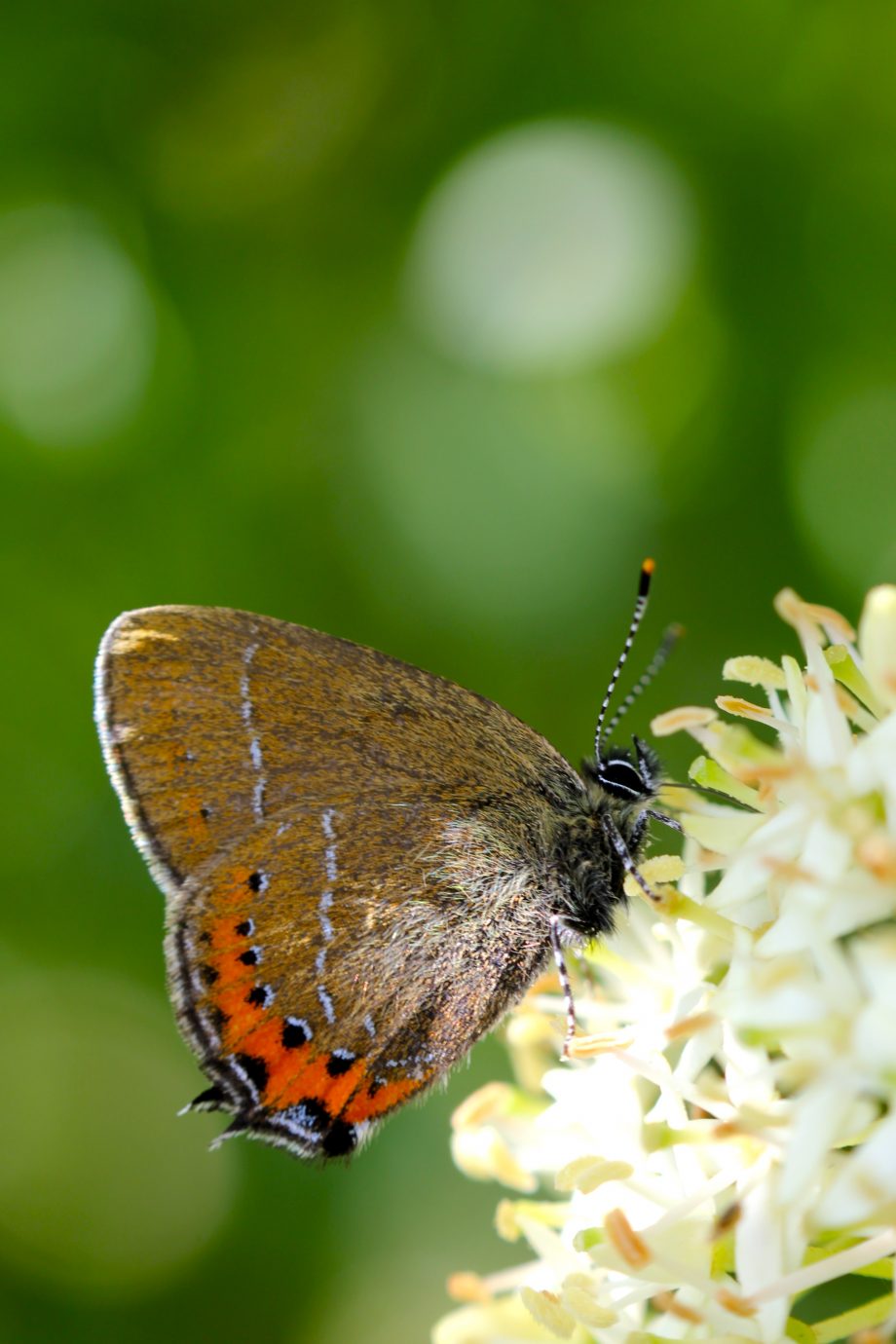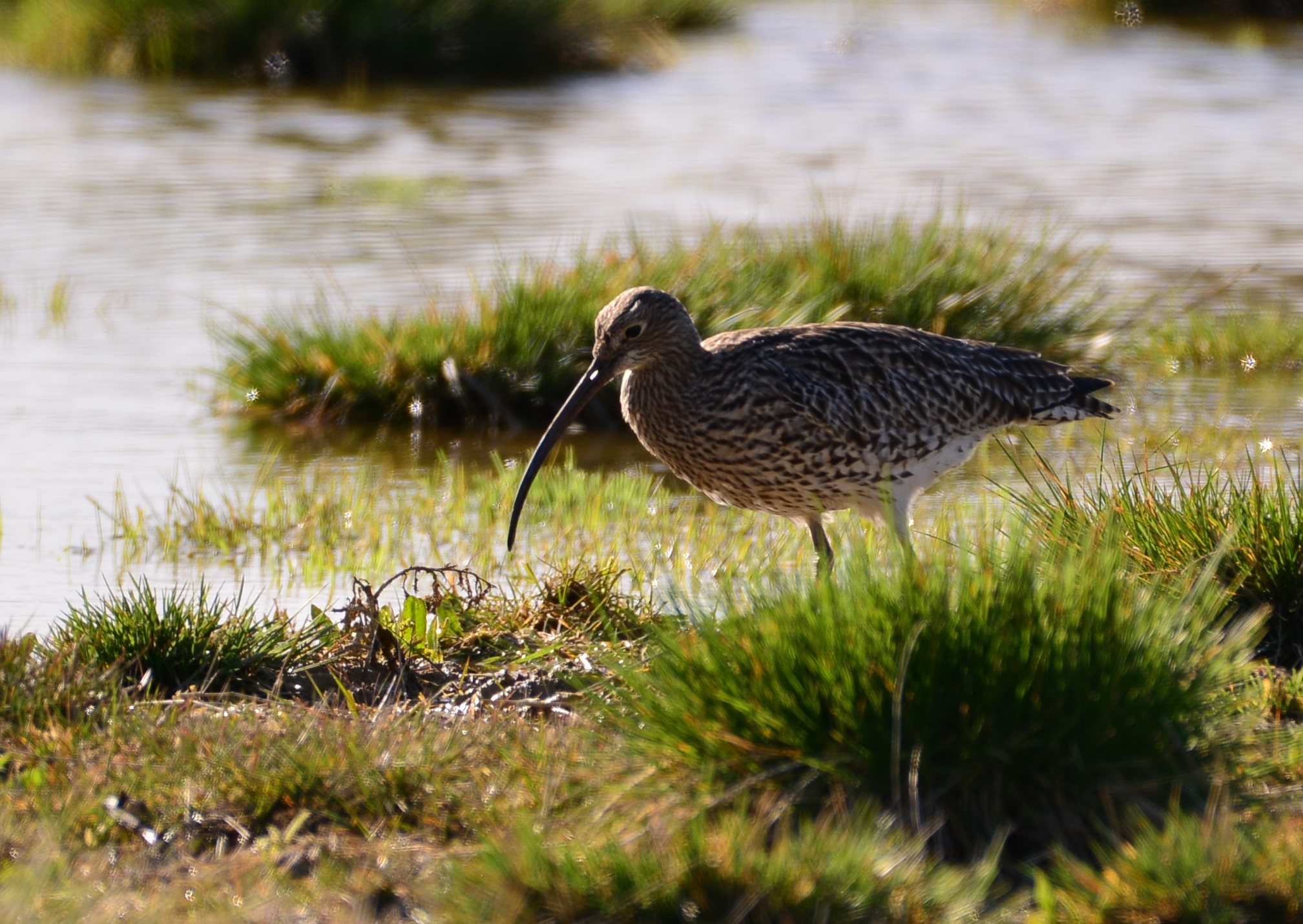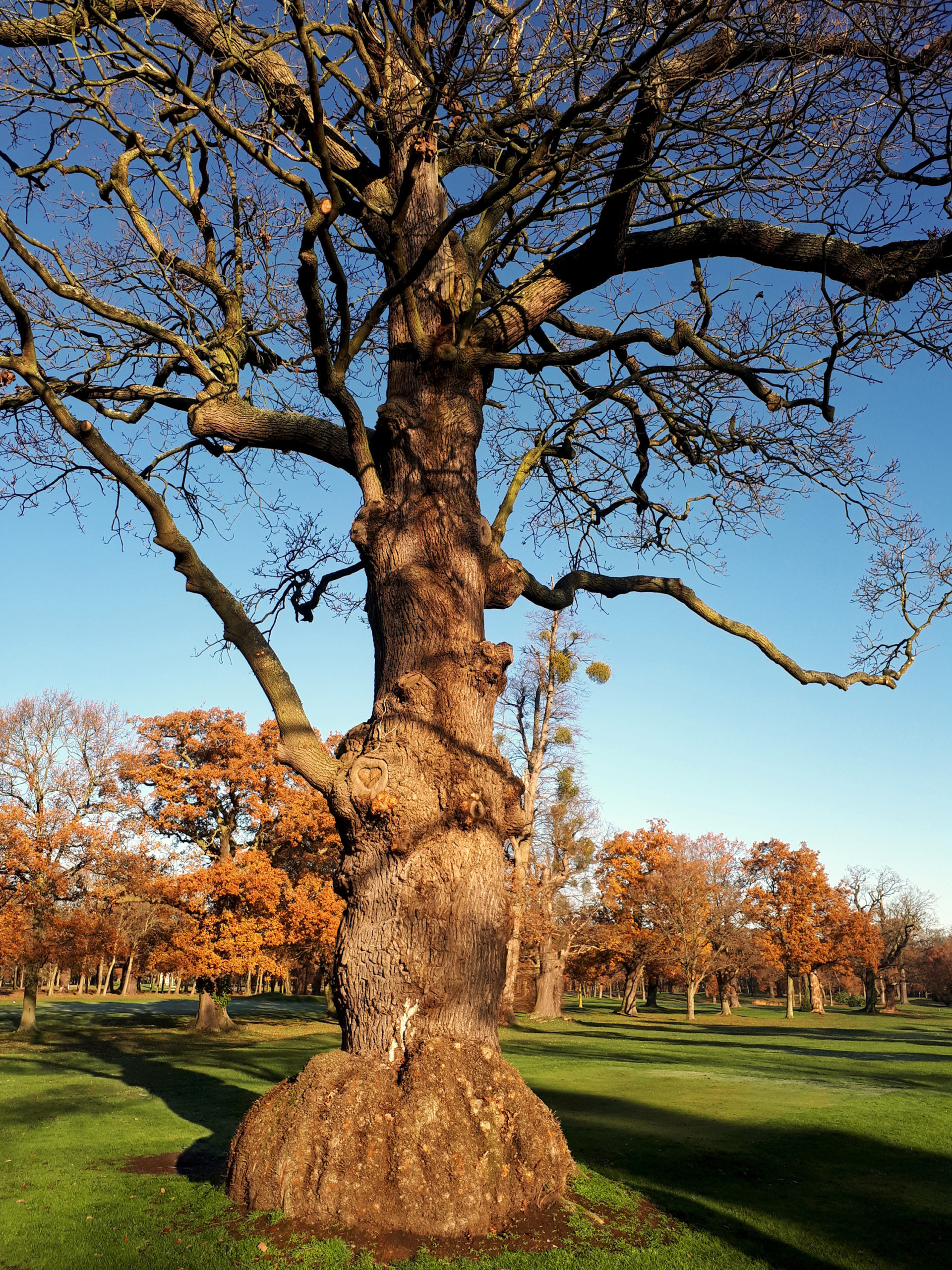For the purpose of developing the Local Nature Recovery Strategy we have divided the county into four broad areas (North Buckinghamshire, Aylesbury Vale, Chilterns and Thames Valley) based on natural character as defined by Natural England’s National Character Areas (Map 1).
The Yardley Whittlewood Ridge retains a rural character with remnants of 13th century hunting forests. It is rich with ancient woodland, wood pasture and parkland and mature hedgerows. The Bedfordshire and Cambridgeshire Claylands are mostly arable farmland crossed by shallow river valleys. The Bedfordshire Greensand Ridge provides views over the lower landscapes and is a mosaic of acid grassland, heathland and woodland.
Key Habitats & Species: Woodlands, wood pasture and parklands support butterflies including white admiral, wood white, purple hairstreak and black hairstreak, rare mammals such as hazel dormice and barbastelle bat along with saprophytic (dead wood) invertebrates. The agricultural areas support farmland birds, with meadow grasslands hosting rare plants such as green-winged orchids. Water voles are present on the Great Ouse.
Pressures and threats: High levels of future growth and associated increases in leisure and recreation, increasing demand for resources, particularly water, historic land drainage and disconnection of watercourses from their floodplain, land use change, development and infrastructure improvements such as East West Rail.

The Aylesbury Vale is a low-lying agricultural area with mixed arable/pastoral farming with hedgerows and mature trees. The River Thame and River Ray run through the landscape with floodplain meadows and lakes associated with mineral extraction. The town of Aylesbury lies to the south and is the only major settlement. The area includes ancient woodlands including a remnant of the former Royal Forest of Bernwood.
Key Habitats & Species: The river valleys are regionally important for wading birds including small breeding numbers of lapwing and curlew which use the floodplain habitats. Nationally important numbers of breeding and wintering wildfowl are associated with water-filled gravel pits and reservoirs. Nationally significant populations of native black poplar occur in the area particularly along watercourses. The grasslands support rare plants and invertebrates. The ancient woodlands support important populations of Bechstein’s Bat, as well as uncommon and rare butterflies including the nationally rare black hairstreak butterfly and brown hairstreak butterfly. Arable land supports nationally important assemblages of farmland birds and arable weeds along with mature field and hedgerow trees.
Pressures and threats: High development pressure particularly around urban areas and relates to the Oxford-Cambridge Arc concept, High Speed Rail 2 and East West Rail. Land use changes and habitat fragmentation resulting from urban growth.

The Chilterns Ridge is a north-west facing chalk escarpment offering long views over the adjacent Upper Thames Clay Vales to the Mid Vale Ridge and beyond. The ridge is divided by valleys which descend south-east towards the River Thames. The Chilterns is designated as an Area of Outstanding Natural Beauty (AONB) with habitats associated with traditional land management over many millennia. These habitats include ancient hedgerows and veteran trees, traditional orchards, heathland and acid grassland. The area also includes 150km of internationally rare chalk stream habitat, in addition to lowland calcareous grassland, ancient woodland, heaths, bogs and ponds.
Key Habitats & Species: The lowland meadow grasslands support species of rare plants including many species of orchids and specialists such as the Chiltern gentian. The grasslands also support invertebrates such as Chalkhill Blue and Duke of Burgundy butterflies, glow worms and Roman snails. Juniper scrub can be found on the escarpments. The chalk streams support a huge range of aquatic plants, such as rare starworts and watercress. They also support animals such the water vole, fish including brown trout and aquatic invertebrates.
The woodlands and traditional orchards support numerous specialist species including a wide variety of plants, fungi and invertebrates, for example marsh violet, red helleborine and the black darter dragonfly. Box woodland can still be found here. Farmland hosts rare arable weeds and farmland birds such as Cirl Bunting and Yellowhammer.
Pressures and threats: Poor management of woodlands, Ash die-back, invasive non-native species, reduction in livestock farming and grazing threatens , intensification of arable farming, over abstraction and channel modification of chalk streams, lack of buffers between urban areas and watercourses and infrastructure projects including High Speed Rail 2.
The River Thames is a key feature of this area, with its tributaries, streams, lakes, canals and open waterbodies resulting from mineral extractions in the area which is also rich in historic parkland. Burnham Beeches is a designated SAC containing wood pasture and many ancient pollards and other parkland sites include Black Park, Langley Park, Dorney, Clivedon and Dropmore. Important habitats in the Thames Valley include grasslands, fens, heaths, orchards, ponds and ancient woodlands.
Key Habitats & Species: The grassland associated with the river valley is important for breeding birds. Temporary ponds on heathlands are important for starfruit. The ancient trees and woodlands support many species of fungi, rare plants, invertebrates and birds. Parkland features in the area at sites including Black Park, Langley Park, Dorney, Cliveden and Dropmore with some including remnants of acid grassland.
Pressures and threats: Climate change deteriorating wetland habitats, woodlands and river flow, development pressure and increases in pollution from roads, urban and airport expansion, land use changes away from commons and heaths (e.g. golf courses, horse grazing), fly tipping and other illegal uses.

The city
The urban core of Milton Keynes was designed in the 1960s and 70s to overlay the existing villages and towns in the west of the borough and absorb existing landscape features, such as ponds, woodlands and hedgerows. A series of linear parks were created along the rivers along with large water-balancing lakes – such as the Ouse and Ouzel valley parks. These form part of a network of green and blue spaces, which play an important role in providing benefits for wildlife as well as physical health and mental wellbeing for people. Other wildlife corridors along roads and rail connect the generous green spaces. Improved environments, from road verges and parks through to individual gardens, can be significant for wildlife, for example with ponds or planting for pollinators.
Beyond the city
To the north-east, the rural area is primarily farmland, with small stands of woodland. The River Great Ouse and its tributaries meander slowly across the mainly open arable landscape of planned and regular fields, bounded by open ditches and trimmed hedgerows. The area spans the Yardley Whittlewood Ridge in the north, the lowland plateau of arable farmland in the Bedfordshire and Cambridgeshire claylands in the central portion of Milton Keynes and the southern edge of the Greensand Ridge.
Key habitats and species
The parks and other green and blue spaces in Milton Keynes city contain important areas of wildlife habitats, including ancient woodlands, species-rich floodplain meadows and wetland reserves, as well as old hedgerows, veteran trees, grazing and valley pastures and hay meadows, scrubland, ponds, lakes, rivers and streams. The city’s linear parks provide important interconnected ecological corridors although some sites of conservation value are more isolated and lack sufficient buffer-space between them and surrounding development. The city’s green spaces, including the landscaped corridors along the main ‘grid’ roads, were heavily planted under the new town establishment – these plantations are now maturing and providing important urban wildlife habitat.
Many species of butterflies, including rare and threatened species such as the black hairstreak are present at specific sites, as well as great crested newts, noctule bats and badgers that thrive in the green spaces, with barn owls, and hobbies seen across the grasslands hunting for prey. Riparian and wetland habitats provide valuable connectivity within the landscape and support populations of breeding and overwintering birds, with kingfishers, daubenton’s bats and otter seen around the waterways.
Beyond the city, the Milton Keynes area has retained a diverse range of habitats and species of importance such as lowland mixed deciduous woodland, orchards and unimproved meadows. The variety of semi-natural habitats support a range of species – some notably rare and scarce – including sites designated for species associated with ancient woodland, wetland sites (important for birds, great crested newt and species of stonewort), traditional orchards and unimproved grassland supporting a rich diversity of wildflowers.
Pressures and threats
As well as generic pressures on our environment including and exacerbated by climate change, invasive non-native species, pests and diseases, the area is experiencing high levels of urban growth ongoing in several large expansion areas around the edges of the city; increased population generally placing increased demand for leisure and recreation on existing green spaces and reserves; increasing demand for resources, particularly water; and pollution (affecting air and water quality). Development and infrastructure improvements from East West Rail. Associated changes in land management regimes and potential fragmentation of habitats.
